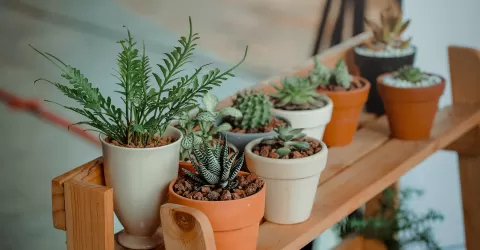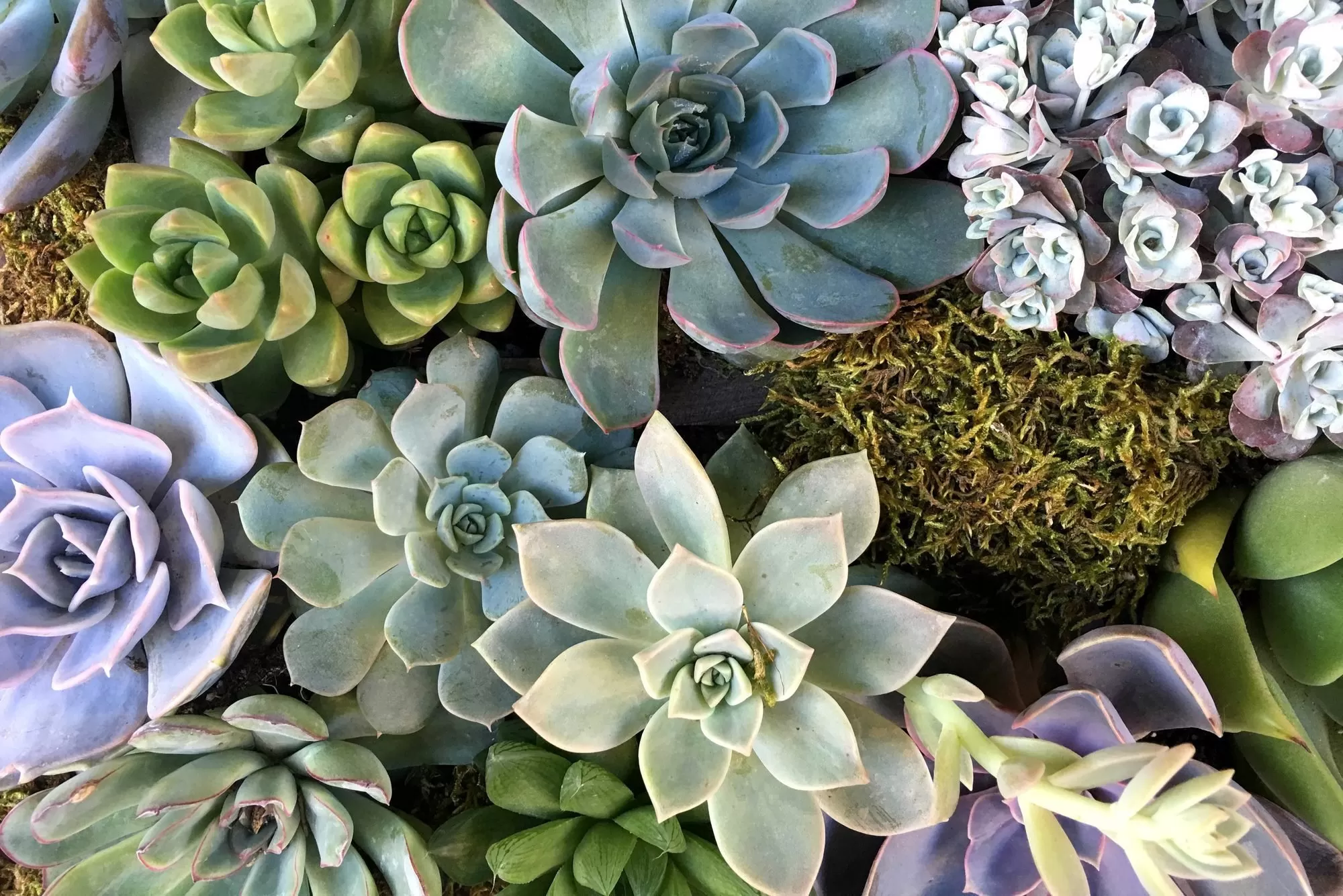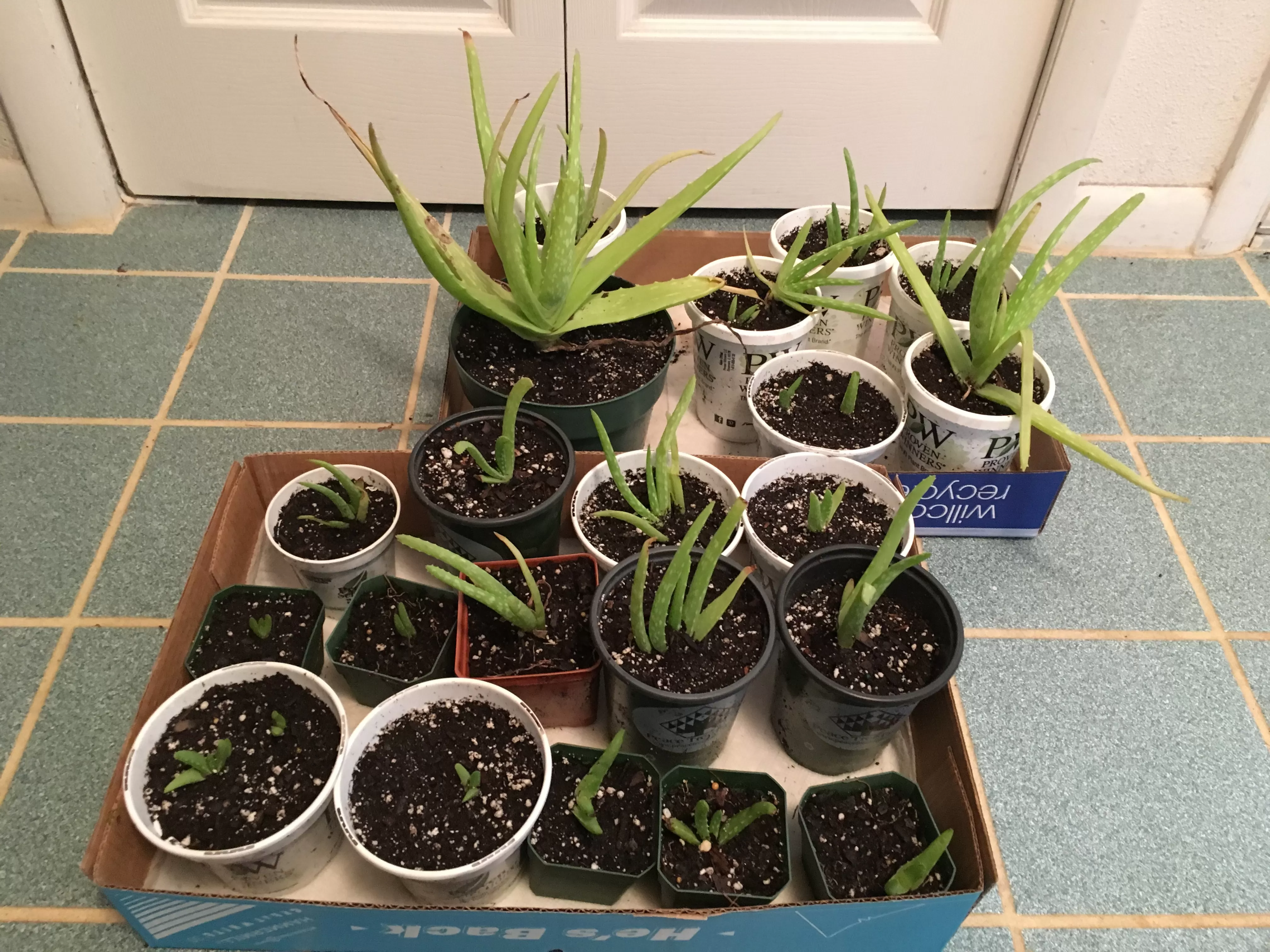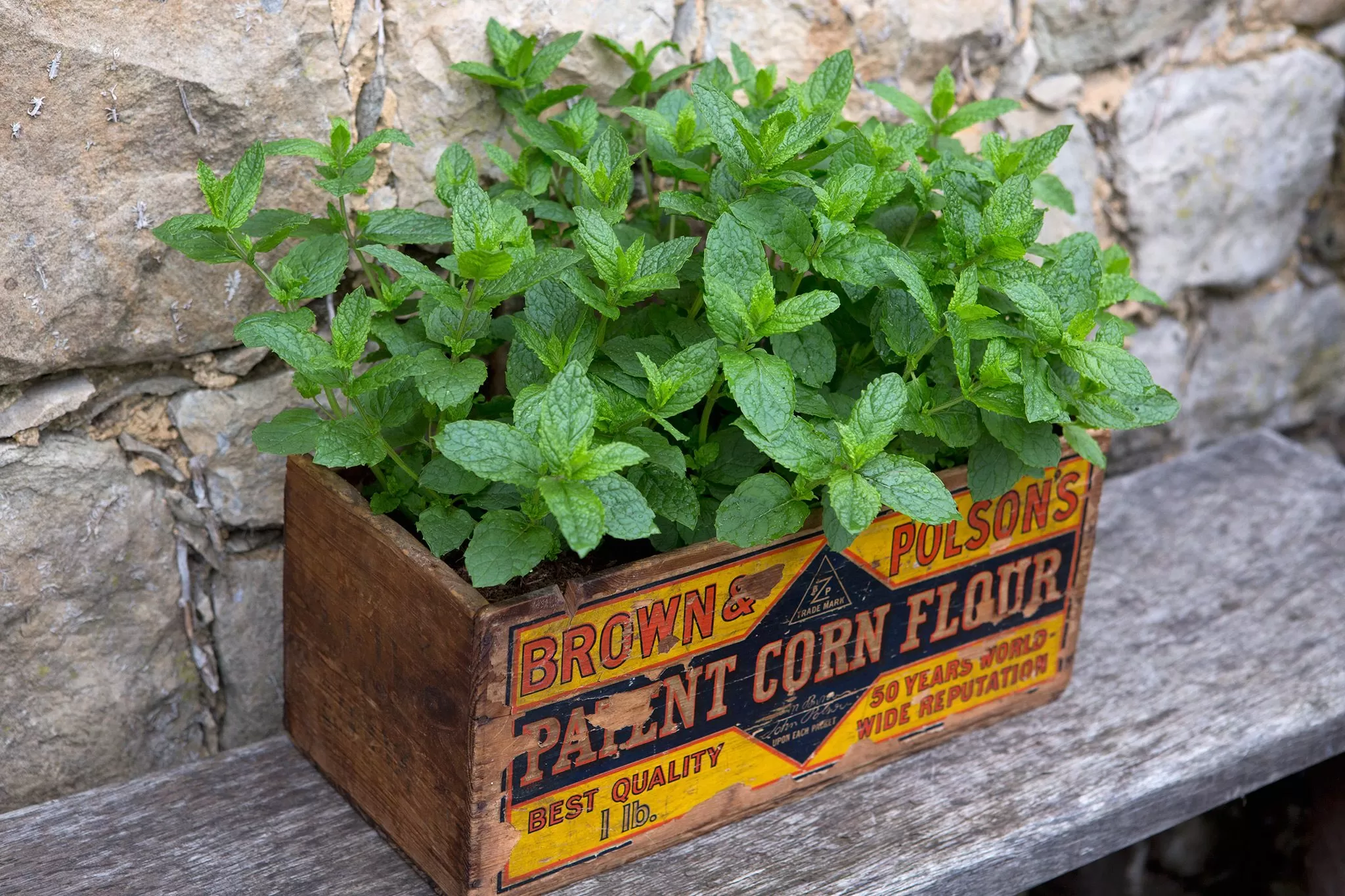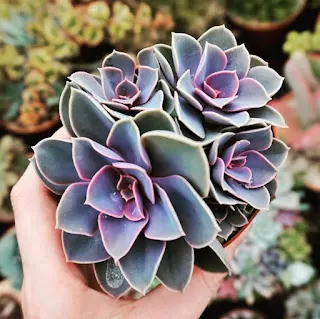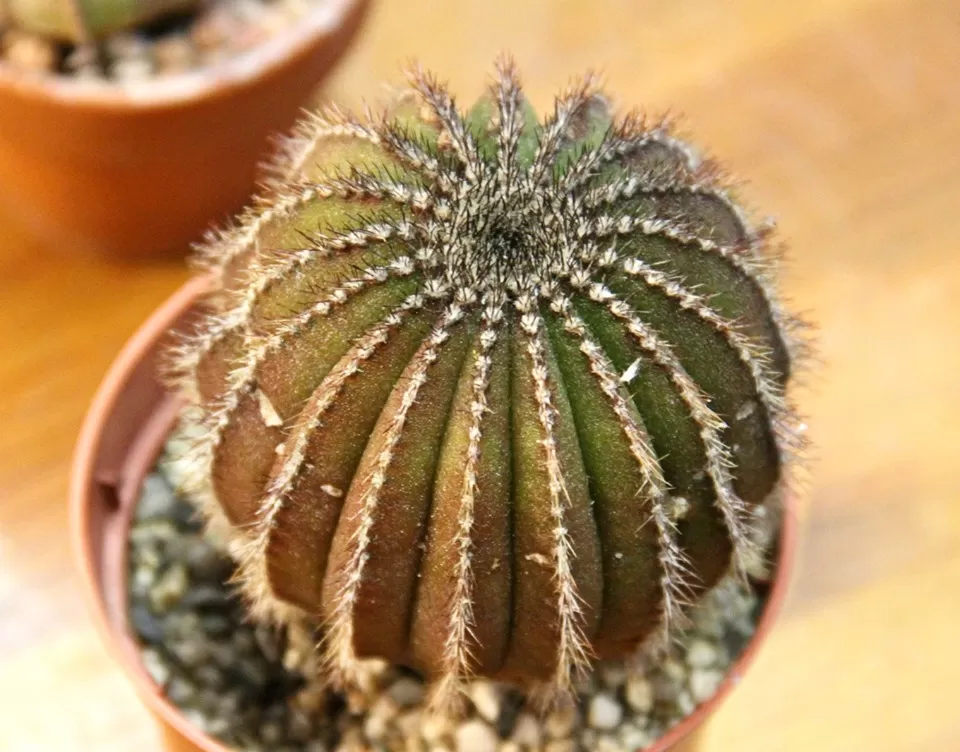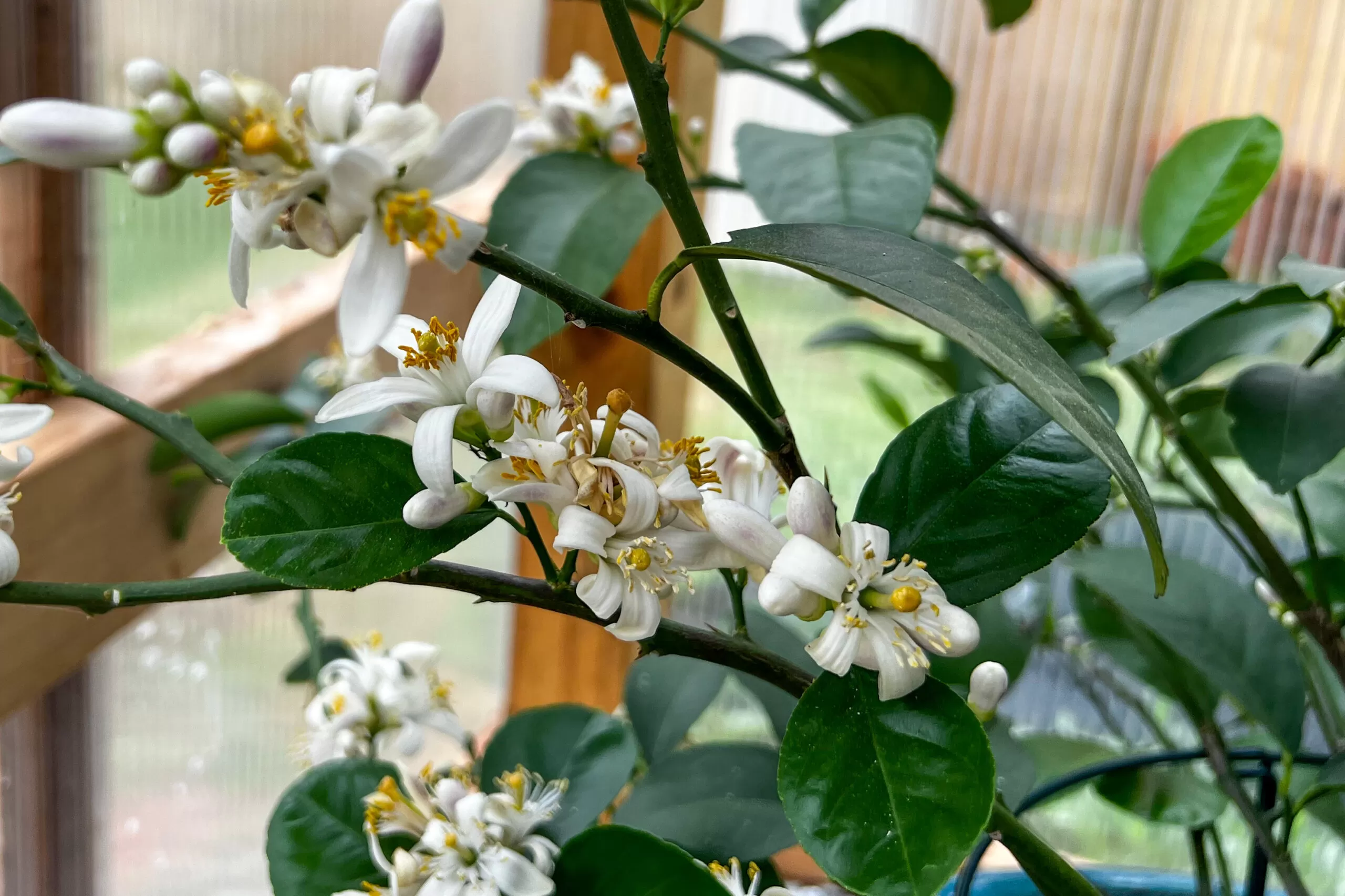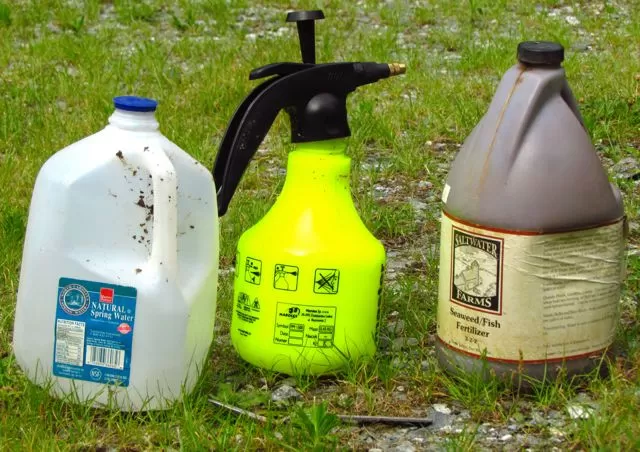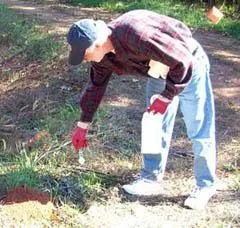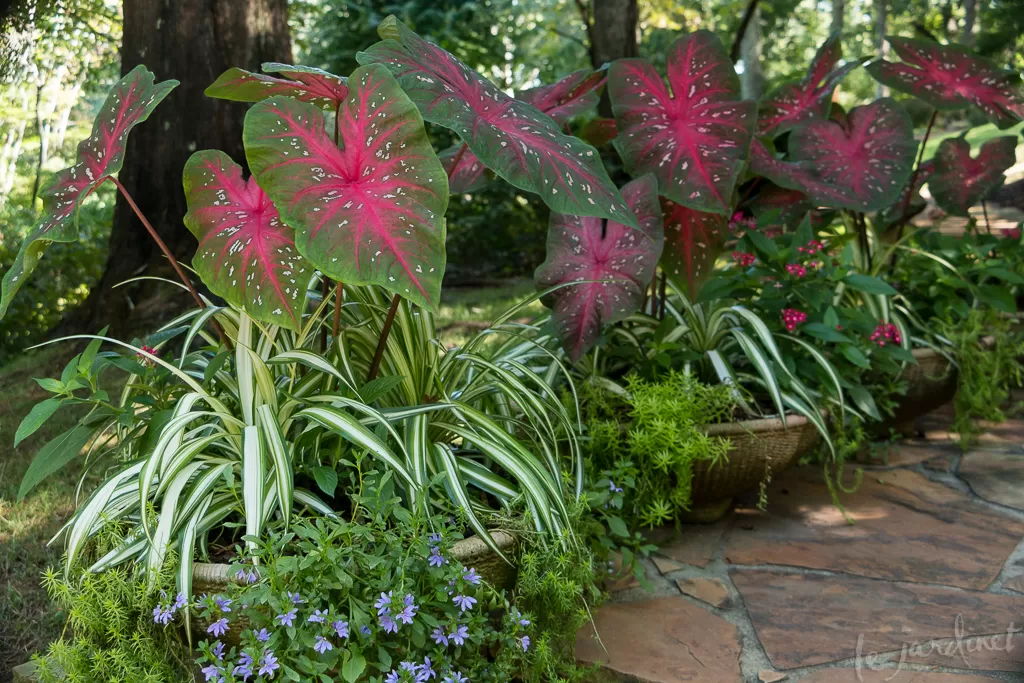- Moon cactus stem rot is often caused by overwatering and poor drainage
- Early signs include discoloration and soft tissue at the base of the cactus
- Quick action can save the plant through proper cutting and repotting
- Adjusting watering routines and ensuring adequate light are crucial for prevention
- The rootstock can be saved and grown as a separate cactus if the scion is removed
Moon cacti are delightful additions to any plant collection with their vibrant colors and unique appearance. However, these grafted beauties are prone to a common issue – stem rot. As an avid cactus enthusiast, I’ve had my fair share of experiences with this problem, and I’m excited to share some insights on how to identify, treat, and prevent moon cactus stem rot.
Contents
- Understanding Moon Cactus Stem Rot
- Why It’s So Common
- Signs of Stem Rot
- Overwatering: The Main Culprit
- How to Remedy Moon Cactus Stem Rot
- 1. Assess and Remove Damaged Parts
- 2. Repot in Fresh, Well-Draining Soil
- 3. Adjust Your Watering Routine
- 4. Ensure Proper Light and Air Circulation
- Saving the Rootstock: A Personal Success Story
- The Lifespan of Moon Cacti
- Alternative: The Chin Cactus
- Conclusion
Understanding Moon Cactus Stem Rot
Why It’s So Common
Moon cacti are actually two different species grafted together – a colorful Gymnocalycium scion on top of a Hylocereus rootstock. This unique combination creates a vulnerability at the graft point, making it susceptible to rot, especially when exposed to excess moisture.
Signs of Stem Rot
 Moon cactus with stem rot
Moon cactus with stem rot
A moon cactus showing signs of stem rot
Keep an eye out for these telltale signs of stem rot:
- Black or brown discoloration near the base
- Soft, mushy tissue
- Wilting or overall decline in health
Overwatering: The Main Culprit
Overwatering is the primary cause of stem rot in moon cacti. Here are some signs that you might be giving your cactus too much water:
- Brown or mushy rootstock
- Constantly wet soil
- Discolored, mushy roots
- Poor-draining soil
- Frequent watering without allowing soil to dry
How to Remedy Moon Cactus Stem Rot
1. Assess and Remove Damaged Parts
If you catch the rot early, there’s a good chance you can save your moon cactus. Here’s what to do:
- Carefully examine the affected area
- Using a sterilized blade, cut away the rotted portions until you reach healthy tissue
- Allow the cut area to dry and callous over for a few days
2. Repot in Fresh, Well-Draining Soil
Once the cactus has calloused:
- Prepare a pot with proper drainage holes
- Use a well-draining cactus or succulent potting mix
- Gently replant your cactus
3. Adjust Your Watering Routine
Prevention is key to avoiding future rot issues:
- Allow the soil to dry completely between waterings
- Water less frequently, especially during cooler months
- When in doubt, it’s better to underwater than overwater
4. Ensure Proper Light and Air Circulation
Moon cacti thrive in bright, indirect light. Place your cactus:
- Near a west, east, or south-facing window
- In an area with good airflow
- Away from direct, intense sunlight if it’s recovering from rot
Saving the Rootstock: A Personal Success Story
Sometimes, the colorful top part (scion) of the moon cactus may be too far gone, but the green rootstock can be saved. I’ve had success with this method:
- Use a clean, sharp knife to remove the scion and any affected rootstock
- Allow the cut area to callous over
- Place the rootstock in a sunny spot and water sparingly
I tried this with one of my moon cacti about two years ago. After a month of patience, I was thrilled to see new growth emerging from the side of the rootstock. It’s now a thriving dragonfruit cactus!
The Lifespan of Moon Cacti
It’s important to understand that moon cacti have a limited lifespan due to their grafted nature. The colorful scion can’t produce chlorophyll, relying entirely on the rootstock for nutrients. This relationship usually lasts about 1.5 to 3 years before the cactus starts to decline.
Alternative: The Chin Cactus
If you love the look of moon cacti but want a more sustainable option, consider the chin cactus. These beauties come in similar vibrant colors but can photosynthesize on their own, making them a longer-lasting choice for your collection.
Conclusion
While moon cactus stem rot can be disheartening, it doesn’t have to be the end of your cactus journey. With quick action, proper care, and a little patience, you can often save your plant or at least part of it. Remember, every challenge in plant care is an opportunity to learn and grow as a gardener.
Have you dealt with moon cactus stem rot before? What methods worked for you? Share your experiences in the comments below – I’d love to hear your stories and tips!











